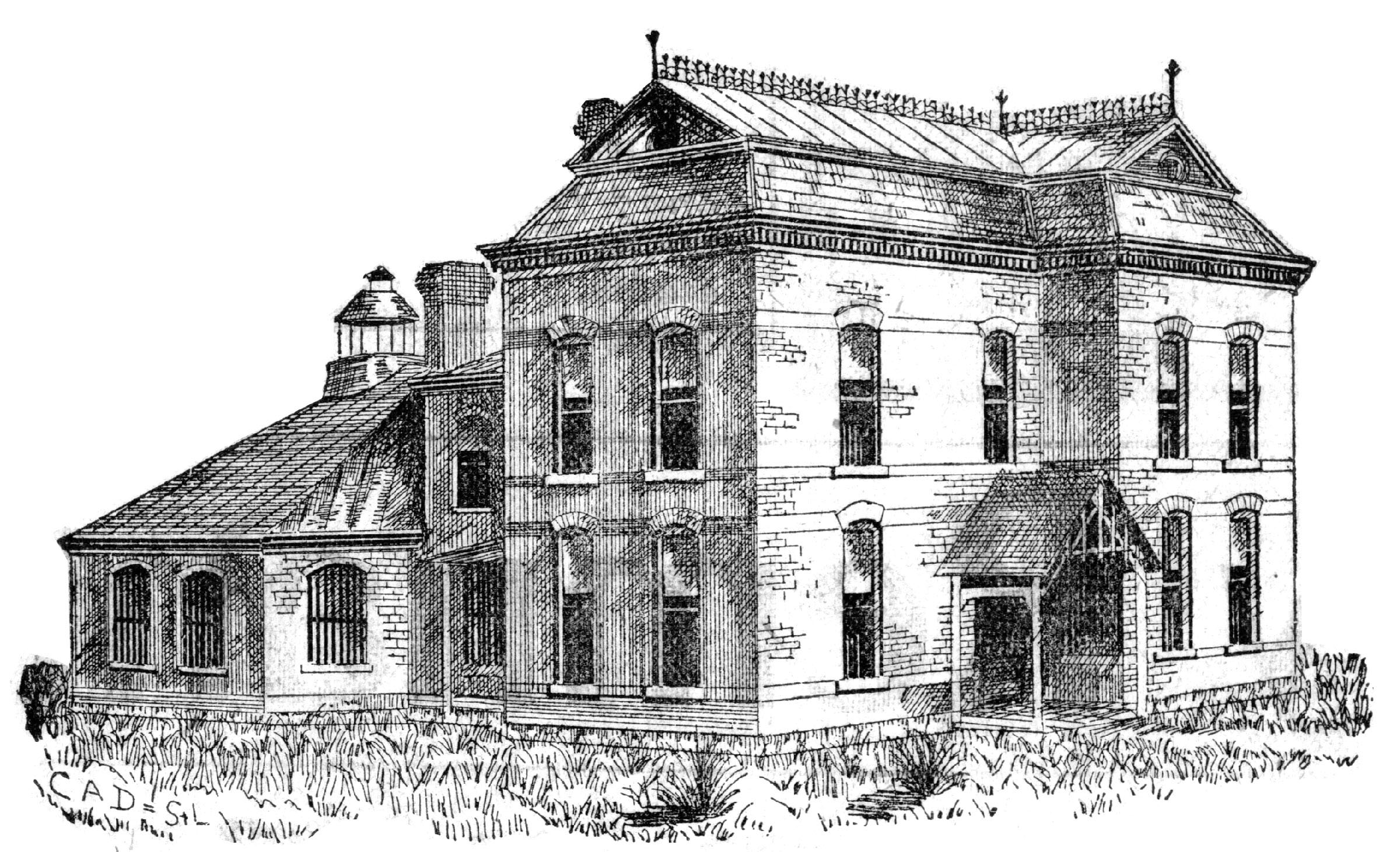In July 1951, the officers and directors started the work for a new dial system for the rural areas being similar to the Rural Electrification Administration (REA) which developed in 1935. The new company was called the Farmers Telephone Co-op.
At that time, there were about 1,200 subscribers and several existing telephone companies had expressed a desire to sell to the co-op which included Daviess, Caldwell, Ray, Carroll and Livingston counties. The cooperative would be the first one in this area. If it worked out it was thought it would be the beginning of a plan which might cover a very wide area.
It would take a minimum of 2,000 subscribers before a cooperative could be established and the ultimate number of the cooperative was expected to be 5,000. Not more than eight parties could be on one line and for that reason, farmers were expected to sign up on that basis.
After a line was filled no more subscribers could be taken on that line. This meant if the farmer didn’t sign up in the beginning it might be hard for him to do so later since the line could accommodate no more than eight. Still, farmers were given a “grace period.” They could wait until the engineer came to lay out the system, which took approximately 30 days after the maps had been turned in.
The new system would be fully automatic dial, and would have a double wire metallic to eliminate roaring and static. One of the several reasons this was important was that the telephone cooperative could use the power poles that were already in use by REA at a substantial savings in cost. This completely modern telephone would be accessible to the already existing REA customers.
Existing systems could be purchased in some instances, it was stated, where mutual agreements could be reached. It was desirable that all towns with less than 1,500 population would be regarded as rural and could participate in the program.
By March 1951, the co-operative had enough signers to put the plan in action. The Farmers Telephone Company was in position to buy out present privately-owned rural systems in order to make the co-cooperative and its automated system as far reaching as possible. Two of the proposed buy-outs were Civil Bend and Crab Apple.
There was a $5 registration fee with the application, but it would be returned if the co-operative was not formed. The customer wasn’t required to pay any more until he knew how much the cost would be per month.
The monthly cost of the service after it had been installed was estimated to run between $2.75 and $3.75 per month. If not satisfied, or if the co-operatives weren’t formed, his $5 would be refunded. If he was satisfied, he purchased one share of the co-operative at $45. There could only be one share per person.
— researched and presented by Wilbur Bush, Gallatin, MO

During the 1970s Dixie Murray Chapman bought a desk at an auction and found a number of documents in the desk drawers, mostly checks signed by Daviess County Treasurer Lee R. Pierce, including this receipt for Daviess County Telephone Company dated 1921.

